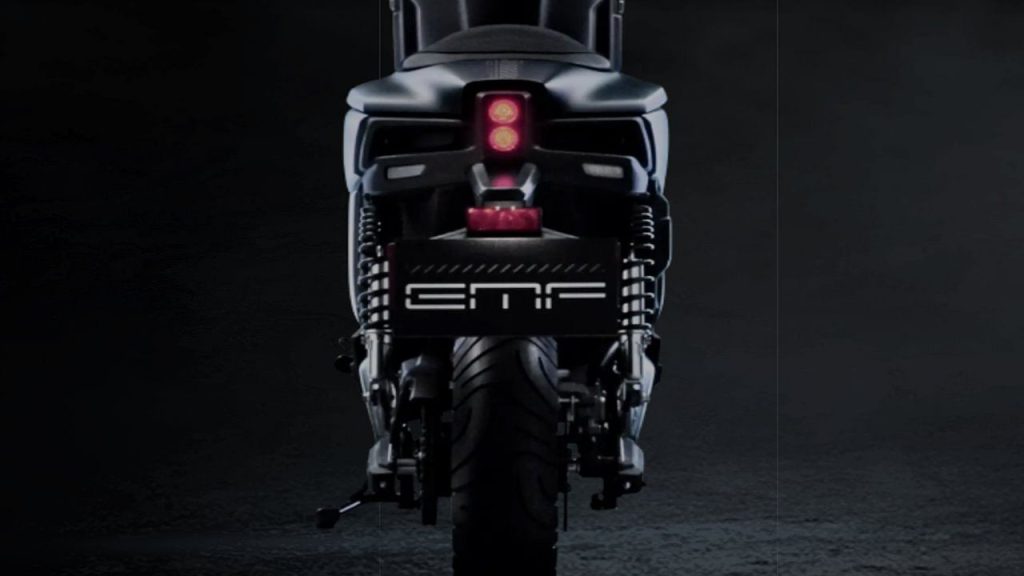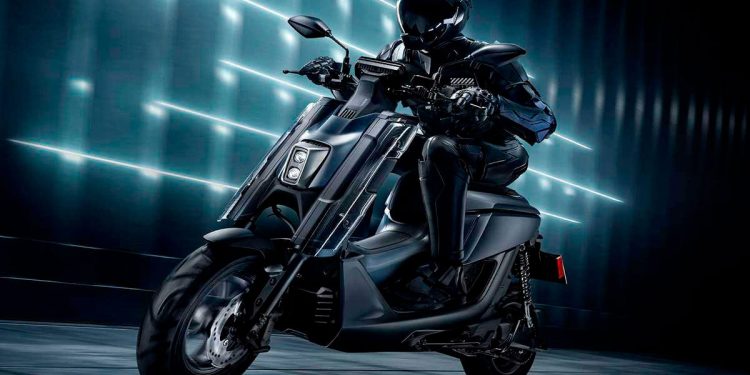With exchangeable batteries and a cost of 3,200 euros, the reference company on the motorcycle market, Yamaha, launches again the bait to try his luck by introducing the second prototype of this nature of electric scooters.
After the success of the EC-05 in Taiwan with the battery system of the company Gogoro, now comes the EMF (Electro Motive Fighter) with a really striking design.
It is powered by a 7.6 kW central motor and uses a final drive chain on the rear wheel with a 130/70-10 tire. Four-piston hydraulic disc brakes with a combined braking system (CBS) for added safety stop the vehicle instantly and quickly.
Read also: Forze IX: The Fastest Hydrogen-Powered Race Car in the World
Precisely on the braking structure, efforts have been focused to ensure maximum safety and avoid risky situations on the scooter developed for urban use.
Performance
The Yamaha EMF accelerates from 0-50 kilometers per hour in 3.5 seconds; it has two interchangeable Gogoro batteries and weighs a total of 114 kilograms. Although the company has not disclosed official figures, it is speculated to be around 150 to 170 km.
The scooter also features an interesting storage compartment between the rider’s feet which includes a cup holder and space for small items, without locking when closed.

Yamaha EMF Scooter
It should be noted that because of the battery style, Yamaha’s new creation will only be available in Taiwan for the time being, although changes to allow export to Europe are not ruled out.
The Role of Gogoro
Gogoro is a Taiwanese company developing a battery exchange refueling platform for urban electric two-wheeled scooters, mopeds and electric motorcycles, which has been working with Yamaha from the start.
The so-called GoStations contain dozens of batteries strategically placed in cities to allow riders to swap out a freshly charged battery when theirs runs out.
Gogoro’s swappable batteries have become popular with scooter makers as they allow manufacturers to accelerate the designs of these electrified vehicles by building around an existing battery architecture rather than reinventing it.
Written by I Jhonattan González












